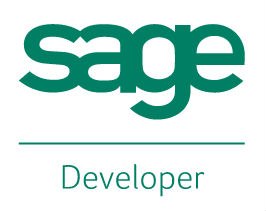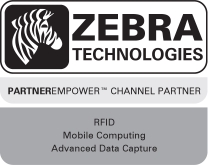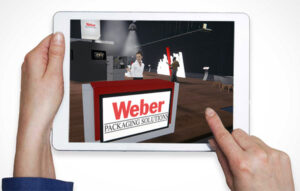It is an unfortunate fact of modern day travel that a growing number of passengers have to deal with the nightmare scenario of missing luggage at their destination airport. However, the first journey which a new suitcase makes, from the factory to the customer, is arguably the most important.
The Samsonite brand was founded 100 years ago by Jesse Shwayder, when he began producing highly stable and robust, yet very attractive suitcases for travellers. Over the decades, what started as a relatively small number of individuals travelling has since grown into an entire industry. Today, work on new products and development continues at pace within the company’s facility at Oudenaarde, Belgium. All designs and creations from the company’s London headquarters are produced here as prototypes. A separate manufacturing facility for soft-bag products and the entire European logistics operation is also located here in Oudenaarde.
More than 20 containers with finished products arrive daily from the various manufacturing facilities located in different countries. These goods first go into intermediate storage at the logistics centre and are then organised according to customer orders during the evening shift. The larger suitcases arrive already packaged in their own cardboard boxes. Smaller suitcases and soft-bags are marked with acceptance labels and then packed into cardboard boxes of three different heights and two widths ready for dispatch.
Box labelling with automatic height detection
Once the individual cardboard boxes have been packed and an acceptance label applied, they are transported to the palletising area on a conveyor belt. A barcode label containing the order number is applied to the box. Scanners are positioned at various points along the conveyor belt to ensure that the barcode can be clearly identified. Once the scanners recognise the barcode, the order number is compared to customer orders in the system PLC and a dispatch pallet is allocated. This information is then passed on to the Weber 5200 Series label printer applicator which repeats the order number on the printed label and simultaneously adds a clearly legible pallet letter.
To enable accurate labelling on the different heights of cardboard box, Weber engineers fitted the Series 5200 Unit with a variable stroke sensor. The dispensing head can be extended pneumatically to a maximum of 380 mm. A small optical sensor, mounted directly on the die plate, senses the path ahead.
As the dispensing arm moves downwards and approaches to within 10 mm of the cardboard box, the surface is detected by the sensor which then transmits a signal back to the control software. The label is immediately blown towards the cardboard box and the dispensing arm
retracts to wait for the next label at the printing module dispensing edge. With more than 3,000 boxes being processed in each evening shift, it is essential that cycle times for each operation are kept to a minimum. The Weber 5200 series unit requires little more than a second to print and apply the non-contact label as the cardboard box passes through the labelling area.
Once the cardboard boxes are labelled and sealed, they are transported to an exit conveyor belt and stacked on pallets. The pallets are clearly marked to ensure that the correct boxes are loaded to the appropriate pallet. This process is repeated throughout the night to prepare the pallets for their onward journey. When the gates of the logistics centre are thrown open at dawn, numerous trucks are already waiting to load and transport a box volume of more than 2,200 m3 to specialised shops and outlets throughout Europe, safe in the knowledge that each is clearly and correctly labelled.
For more information please contact:-
Mr Patrick Hughes
Weber Marking Systems UK
Macmerry Industrial Estate
Tranent
East Lothian
EH33 1HD
Telephone – +44(0)1875 611 111
E-Mail – sales@weber.co.uk
Web – www.weber.co.uk













